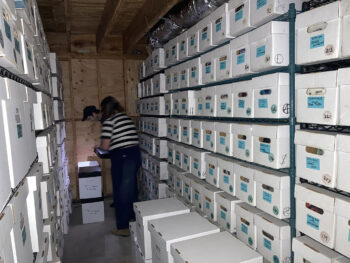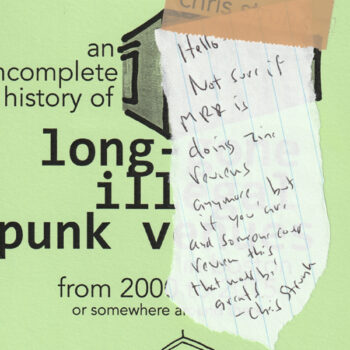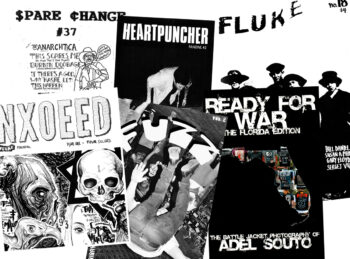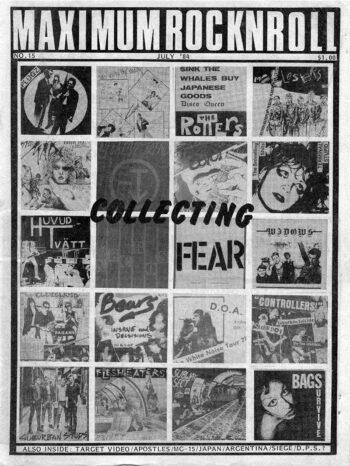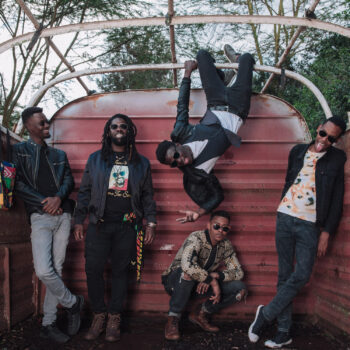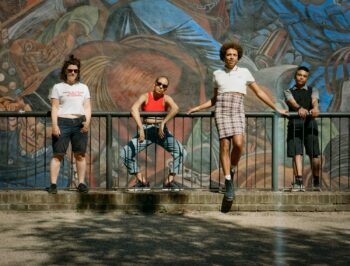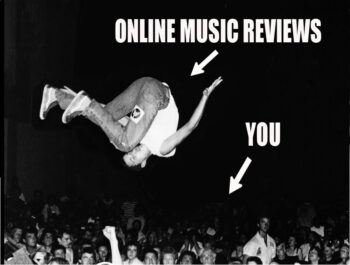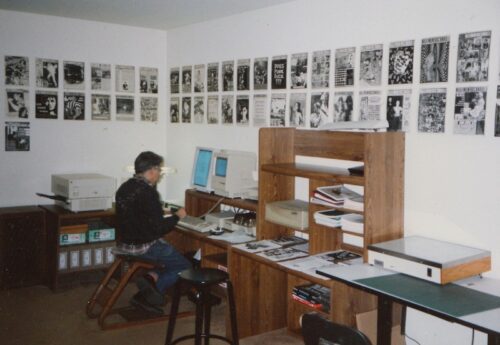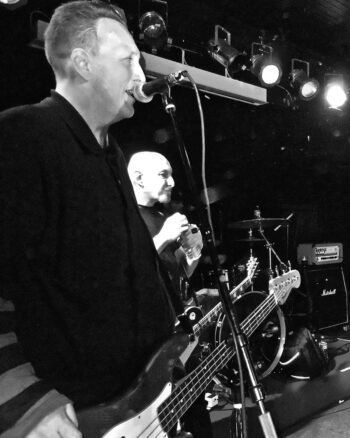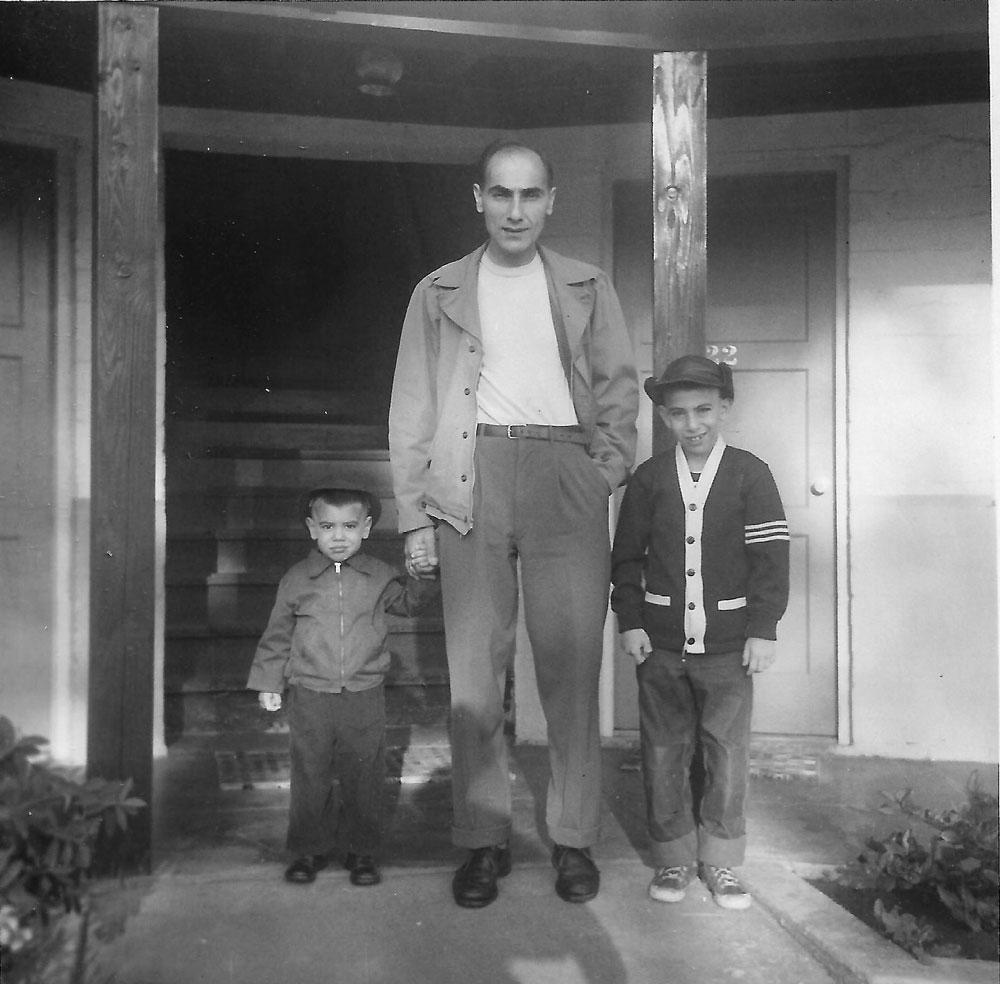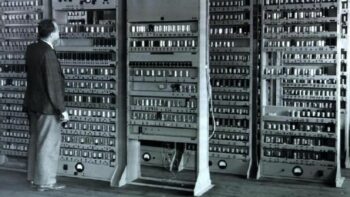This Must Be the Place: Post-Punk Tribes 1978 — 1982
This weekend San Francisco’s Roxie Theater is bringing to the big screen several super-obscure film documents of the late-70s/early 80s post-punk explosion. THIS MUST BE THE PLACE: POST-PUNK TRIBES 1978 — 1982 is a unique show featuring eight San Francisco premiere screenings that is not to be missed.

We talked to Roxie Theater programmer Mike Keegan, to get the full scoop:
I watch a tremendous amount of rock documentaries, and I am more or less enthralled by even the weakest entries in the genre. One of the major bummers of the world of rock docs, however – especially in the light of the proliferation of hastily put-together docs about baby boomer and post-baby boomer bands – is the default cinematic language that’s codified around them. That is: rad archival footage cut woefully short by contemporary interviews with participants contextualizing and excusing away bad behavior and youthful exuberance from the comfortable armchair of middle age. To that, I say: fuck that weak noise, let’s see what they meant when they said it.
Mike’s being nice, but I think we can assume that there is less Keith Morris and more of what the hell things were like in those heady days.
The movies are arranged like a geographical travelogue… My co-programmer Gina Basso and I scoured the deepest corners of nerdy obsession and disreputable film academia to assemble a weekend of super-rare small-gauge (8mm, Super 8mm, 16mm) local films about the most inarguably exciting period of music, stuff between 1978 and 1982 that could fall underneath that epic umbrella called “post-punk.” After the much-hyped filth and fury of the initial punk movement almost instantly combusted or codified, things got much more interesting. In the halcyon pre-internet days, regional scenes were allowed to grow and develop their own identifiable and often highly idiosyncratic sounds, word of one another’s development spreading slowly through fanzines and small mail order distributors. Lucky for us, there were also cameras laying around.
Of particular interest are these two films:
I CAN SEE IT AND I’M PART OF IT: San Francisco Punk Portraits 1978 – 82
The time between Richard Nixon’s resignation in 1974 and Reagan’s ascent from CA governor to U.S. presidency in 1981 marks a prolific surge of artistic and creative production across California, often taking a sharp trajectory from the 60s utopian idealism as a strong sense of distrust and disillusionment cast its long, dark shadows and was reflected in music — once again, the natural channel for response, reaction and outrage. In San Francisco the thriving music scene developed its own punk conceit, an arsenal comprised of bands, filmmakers, artists, clubs and the ever-supportive denizens along for the ride. Gender factors largely into the equation as women were not merely audience members, but forceful contributors driving the scene. The boundary between the spectator and performer was often blurred as audience members were inspired to pick up instruments, form bands and be on the stage the very next week. The DIY aesthetic prevailed… and the cameras were rolling!
I CAN SEE IT AND I’M PART OF IT is a unique glimpse into SF’s punk past — an archival treasure trove comprised of moving and still images, both amateur and professional. This shorts program, curated especially for THIS MUST BE THE PLACE, includes but is not limited to:
In the Red — a slice of life from the perspective of two friends (co-directors Liz Keim and Karen Merchant) who followed the scene at close range. A poetic tapestry of live performance, intimate interviews (Will Shatter exposed!) and cityscapes. In the Red gives insight into a creative and politically charged environment at the dawn of the 80s. A dusty and gritty gem! Dirs: Liz Keim & Karen Merchant. Digital. 1978. 20 mins.
Louder, Faster, Shorter — a raw and powerful performance document recorded at the Mabuhay Gardens in March 1978 during a benefit concert for striking Kentucky coal miners. Bands UXA, The Dils, The Avengers, Sleepers, and Mutants raised over $3000! Beautifully shot, it’s an insider’s view that takes you to the belly of the beast, a musical time traveler’s delight. Dir: Mindaugus Bagdon. 16mm. 1978. 17 mins.
Bruce Connor, a key figure in San Francisco’s artistic community since the 1950s, began documenting the SF punk scene in 1977 when his friend Toni Basil (the dancer from his seminal film Breakaway and of “Oh Mickey you’re so fine…” fame) invited him to see Devo. This portion of I CAN SEE IT AND I’M PART OF IT includes a slideshow presentation of Conner’s legendary portraits of individuals and performance shots, a primary element of the history of SF punk. Conner segment includes music videos he made during this time: Mongoloid (music by Devo), and Mea Culpa (feauturing music by David Byrne & Brian Eno).

BUZZ OR HOWL UNDER THE INFLUENCE
Despite the heavy regionalism we’re focusing on in this series, these bands did not exist in a bubble. Through various magical combinations of guile, luck, stupidity and very hard work, plenty of bands got in the van and relentlessly criss-crossed the nation, serving as Johnny Appleseeds of the underground. Once the van was back on the road, a new scene had sprung. Thanks to the Hugh M. Hefner Archive of the Moving Image, we’re tapping into an unimagined motherlode of live footage from the likes of Public Image Limited, Black Flag, the Avengers, Suicide and many more, much of it shot for regional television programs or personal collections. 16mm/35mm/Digital. 1978 — 1982. Approx. 75 mins.
This Must Be The Place: Post-Punk Tribes 1978 — 1982 shows Friday, July 27 — Sunday, July 29 at The Roxie Theater, 3117 16th Street (between Valencia and Guerrero), San Francisco, CA. Full Program details HERE

